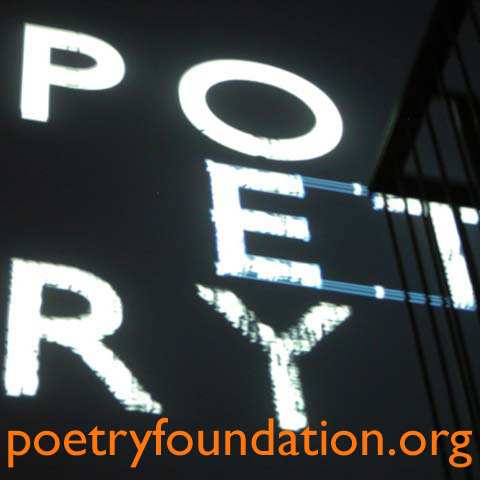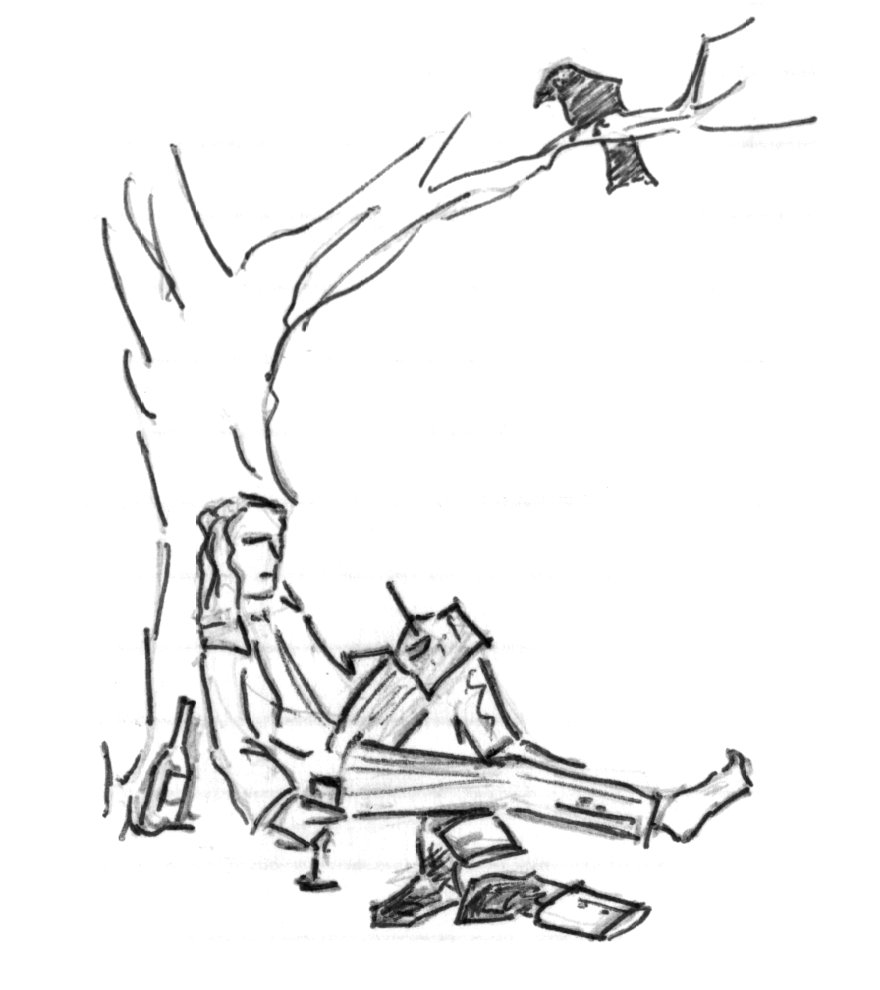Invisible Man Art Project
Cathedral Church of St. John the Divine in New York is the largest Gothic Church in the world. It has different alcoves for art and poetry as well has having many memorials to famous authors.
Here, in what I believe was May of 2001, I saw an art exhibit for Invisible Man. It was definitely before September 11th, because the Twin Towers still stood. I remember taking a picture of the skyline of New York as I rode a ferry to the Statue of Liberty and thinking how silly it was to take a picture of the skyline—a picture that everyone takes that visits New York, a skyline that would always be the same, would always be there. I remember laughing at this “silly” picture that I was taking, and telling the friend that I was with that I was going to take the picture anyway. The world felt solid.
Little did I know, of course, that that wasn’t really true and that just a few months later, the skyline of New York and the world as we know it would never be the same. I tell you this story because I am really thankful that I took that picture, that I documented the world that I saw at the moment despite the feeling that I had at the time that it was so mundane and average. I would like you to think about your world-view—the things you believe in, stand for, know to be true. Then, read the description below of the art work, written by Tim Rollins:
The young members of our collaborative art-making team L.O.S. and I began reading and exploring ways to visually interpret Ralph Ellison’s classic novel in 1992. We wrestled daily—for several years—with the broad issues of the book: the realities of living in a society that elects not to acknowledge your presence, alienation, the endless search for identity, how to survive the tyranny of history? What does it mean to be truly American? How to represent all this in a painting? It all seemed impossible. Until one day.
We were all still reeling from a relentless sequence of tragic events throughout 1993: the cruel murder of Christopher Hernandez, one of our youngest and dearest members, the emotional collapse of several other members, the financial collapse that led to the loss of our studio. By September we had abandoned work on our Invisible Man concentrating instead on a body of work inspired by Rev. Dr. Martin Luther King’s final sermon I See the Promised Land preached on the eve of April 3, 1968 in Memphis. As usual, K.O.S. and I began researching and studying the period of the text hoping to find clues that would result in a painting drawn from the literature. We were moved by he many photographs taken during King’s involvement in Memphis, especially one taken by Ernest Withers. The photo was magisterial group portrait of striking sanitation workers each holding a placard that stated, simply but powerfully, I AM A MAN. Then it hit us, “I am a man.” “I am.” “I. M.”…Invisible Man.
It happened that on that same day a copy of that day’s New York Daily News was on our working table among the historical materials and texts. The large headline in bold and black letters contained the dreaded words “MURDER VICTIM.” We decided to cut the last two letters of the world VICTIM, leaving only the letters “I” and “M.” We then began tracing these two ciphers onto pages taken by Ellison’s novel. K.O.S. and I would eventually enlarge this image to make painting with several communities of young people across the U.S.
I am. This is the essential message of all art.
Memphis, TN
March, 2001
Your Assignment:•
Using your world-view, create a piece of art using the major themes in Invisible Man. How do those major themes relate to you, matter to you? How does seeing it through your eyes shape it into something different? Consider the relevance of these themes in our current society and build some connections to that. • The art piece can be in any appropriate form and can include collage, painting, drawing, or poetry. • Keep in mind the Invisible Man's journey to adulthood. • This is a very open project that needs to be thoughtful and reflective. • You need to be creative in the project! Be inspired!• Along with your art project, write a one page explanation and rationale of your project. Please make sure this is typed.




